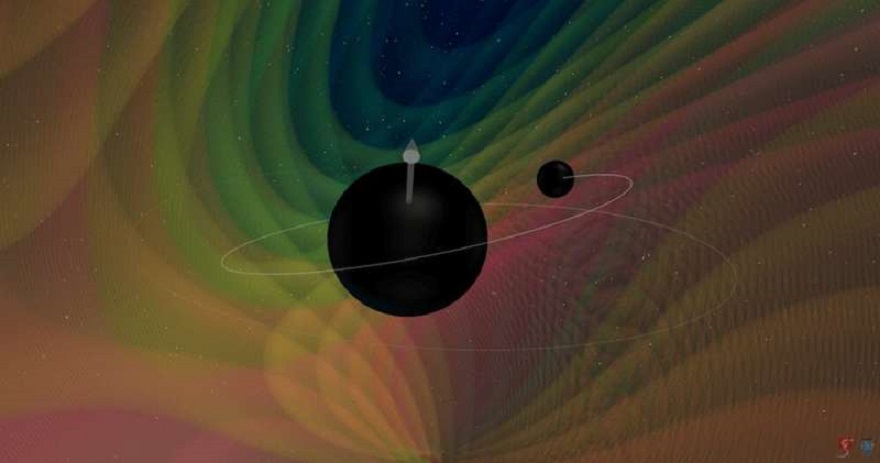Scientists have studied the results of observing neutrinos in the IceCube detector. They came to the conclusion that some of them should be formed by the collision of stellar-mass black holes.

Neutrino research
A neutrino is an elementary particle that has neither charge nor mass. The whole space around us is saturated with them, but they hardly interact with other matters. Therefore, it is extremely difficult to establish their source.
Usually neutrino detectors are hidden deep underground, where they have more chances to interact with some dense medium and manifest themselves. One of the largest such observatories is called IceCube. It is located in Antarctica and is a set of detectors immersed in ice.
When a neutrino interacts with an atom in the volume of ice observed by the detectors, they record a flash. And by the strength of this flash, we can conclude about the energy that the neutrino had.
Most of the neutrinos that fix IceCube and other similar laboratories have the Sun and other stars as their source. In recent years, numerous of these particles have been associated with the fall of matter into supermassive or ordinary black holes. But a recently published paper describes such high-energy particles that their existence cannot be explained even by this.
Merging of black holes
According to scientists, the source of the detected high-energy neutrinos can only be collisions of black holes. Since previously among their sources there were mainly supermassive representatives of this class of objects, at first physicists proposed their merger as the main explanation of the observed pattern.
Studies of neutrinos show that they are generated by the oscillation of accretion disks and jets of black holes. And the merger is the event that affects their orientation the most. However, there is a big problem with this scenario.
In order to explain all the high-energy neutrinos that are observed on IceCube, supermassive black holes must merge much more often than observations of the universe allow. Therefore, scientists have suggested that the source of these particles may be the interactions of objects of stellar mass.
Stellar-mass black holes do merge much more often than supermassive ones. Therefore, they can really be a source of high-energy neutrinos, so no contradictions arise. But, as usual, only further observations will be able to confirm or refute this assumption.
According to phys.org
Follow us on Twitter to get the most interesting space news in time
https://twitter.com/ust_magazine
